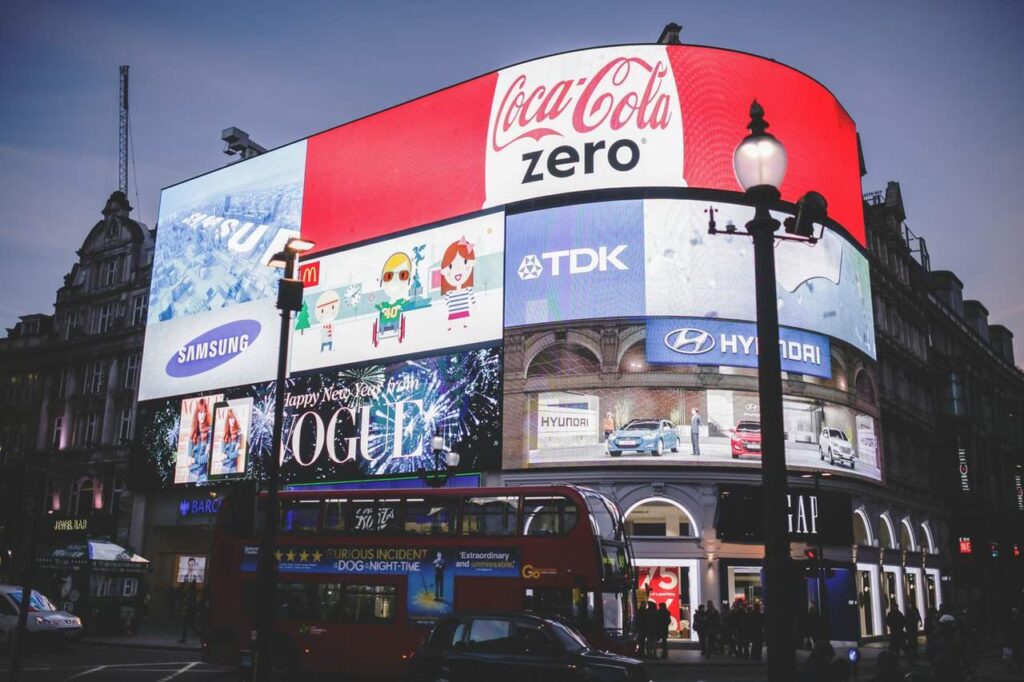With the COVID pandemic coming under some semblance of control, companies have been taking notice, with marketers expected to spend 15 percent more on advertising than they did last year, according to the Wall Street Journal.
With companies trying to recoup some major losses and maybe even get ahead, many are wondering what their game plans should be.
Tech giants reported some astonishing first-quarter results earlier this year, fueled in large part by strong digital-advertising growth. Companies like Google, Facebook, and Pinterest are getting a large part of the proverbial pie.
Facebook’s quarterly ad revenue rose 46 percent from a year earlier and Amazon’s category including ad sales increased 77 percent in the quarter. Similarly, Snapchat’s revenue increased by 66% and Pinterest’s rose 78%.
But what does this all mean for marketers?
GroupM, the world’s leading media investment company which has been tracking ad spending since 2000, said that it expects U.S. ad spending to grow 15% this year to $250.7 billion. The advertiser also said that digital-advertising platforms would capture 51 percent of all U.S. advertising.
“There is no question digital is certainly taking even more share,” Mr. Wieser, president of business intelligence at GroupM, told the WSJ. “No one expected the numbers we saw from Google.”
Marketers have been investing more heavily in digital ads, citing good returns on their investments. Echoing this sentiment, Anheuser-Busch InBev SA said that consumers were spending more of their time on digital media, with TV advertising not getting the gains that it used to.
The shift is undeniably towards digital.
How iOS privacy changes could impact digital returns
The iOS privacy changes dominating discussions are also worth noting as they have the potential for meaningful impacts on performance – though it’s too early to say just what that impact will be.
In our earlier article on iOS privacy and its expected effects, our analysts predicted that the ability to opt-out of third party data tracking would significantly affect ad efficiency for advertisers.
To prepare for these effects, we advised advertisers to prepare contingency plans. We recommended that advertisers “hedge their bets against artificial intelligence with investments in customer research and manual targeting, diversify their channels to include more alternative platforms that can minimize impacts of future changes, and really get to know their customers.
Facebook ads will continue to be a good way to reach consumers, but big steps will be needed to maintain ad effectiveness.
When Apple first rolled out iOS 14.5, mobile app analytics platform Flurry found that only 11 to 12 percent of the international mobile users it tracks allowed app tracking after the launch with opt-in rates even lower in the US (standing at around two to four percent.)
Flurry also noted that sentiments did not change over time, with opt-in percentages staying about the same since introduction.
This means that it’s important to continue watching this and keeping it top of mind when thinking about where to spend your advertising dollars. Increased digital investment on core channels could impact costs, and we expect (and have seen) increases on Facebook and Google over time, though nothing too alarming just yet.
Action Plan
Ok, but what does that mean for you? What should your brand be prepared for? Increased competition? Higher costs? Perhaps most importantly, how can you capitalize on this opportunity?
To begin, brands should monitor performances closely and opportunistically, identifying nascent channels such as TikTok, Reddit, and others. This may present an arbitrage and new platforms can evolve, so it’s good to stay open-minded.
Remember: diversification isn’t about reducing risks per se, but more about regularly looking for channels to scale. For example, if there is a channel that can perform similarly to or better than Facebook now, there’s no need to wait to jump in.
This is especially true now since companies are completely rethinking how they do business and what business even means (i.e. whether they’re shifting to a hybrid or fully-virtual structure – perhaps long after things begin to normalize.) This also means that there will be an even greater online presence and need for digital marketing.
Brands will need to get creative and really diversify themselves from the rest of the pack to be successful.
Risk = Reward?
Greater risk-taking, innovation, and collaboration across the business along with defining clear financial effects using short and long-term estimates are all associated with greater success.
This is enhanced even further when media spend is looked at in light of broader performance metrics like product/market fit, more targeted messaging, and investments in new acquisition channels that can scale. Predicting potential returns on each vehicle using data and tracking optimizes gains even further.
All of these channels are not mutually exclusive and best fit together when viewed as pieces of a puzzle.
There are many concrete ways to calculate returns including:
Media Efficiency Ratio (MER) = Total Revenue / Total Paid Media Spend
ROAS: Revenue / Advertising Costs
CAC: Total Cost of Sales and Marketing / # of Customers Acquired
While media efficiency is clearly important and tracking is highly encouraged, it’s extremely important to note that some of the more effective companies are not always that efficient. Since they’re focused on brand growth and outcomes over methods, higher risk-taking is frequently involved.
Interestingly, high growth for these successful companies also meant that their cost per growth point was very efficient.
Vision and strategy coupled with tracking seems to be the optimal approach.

